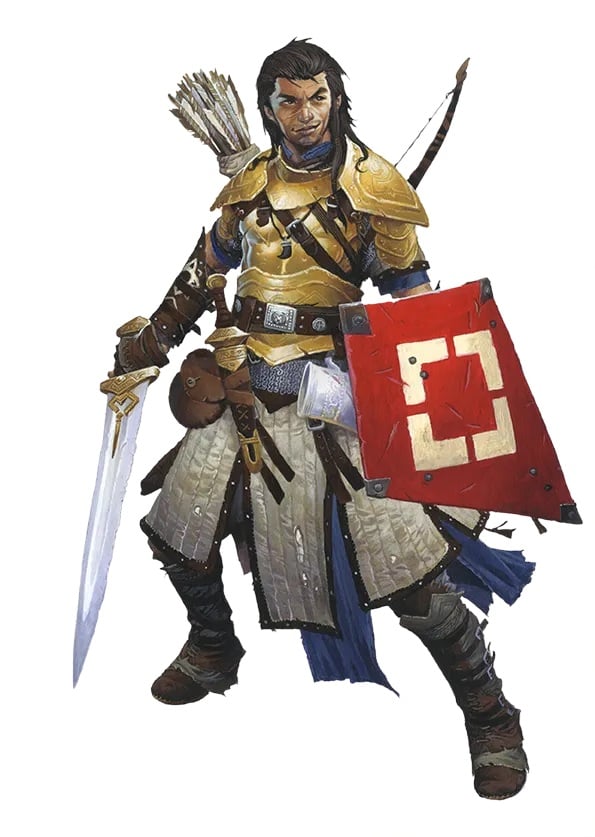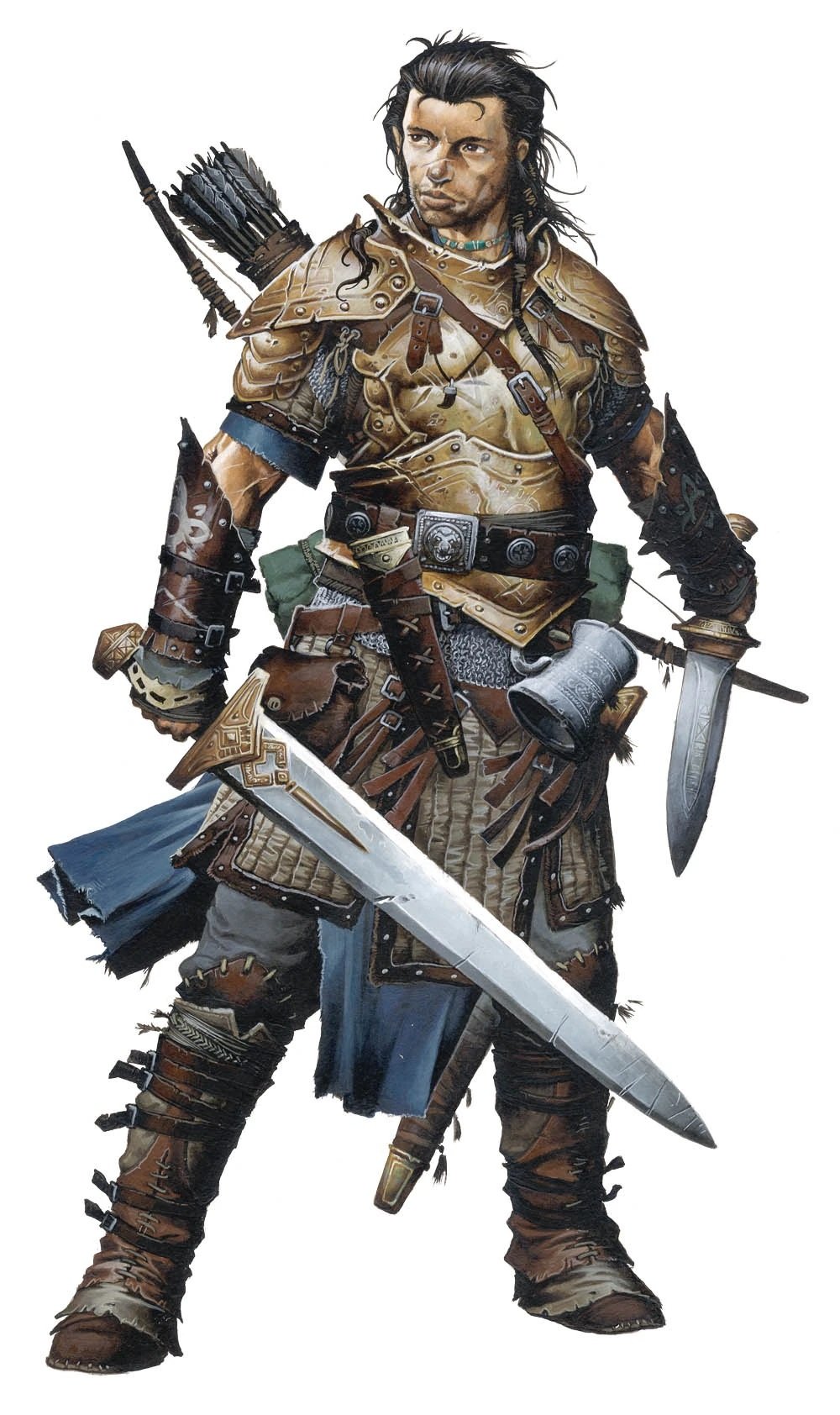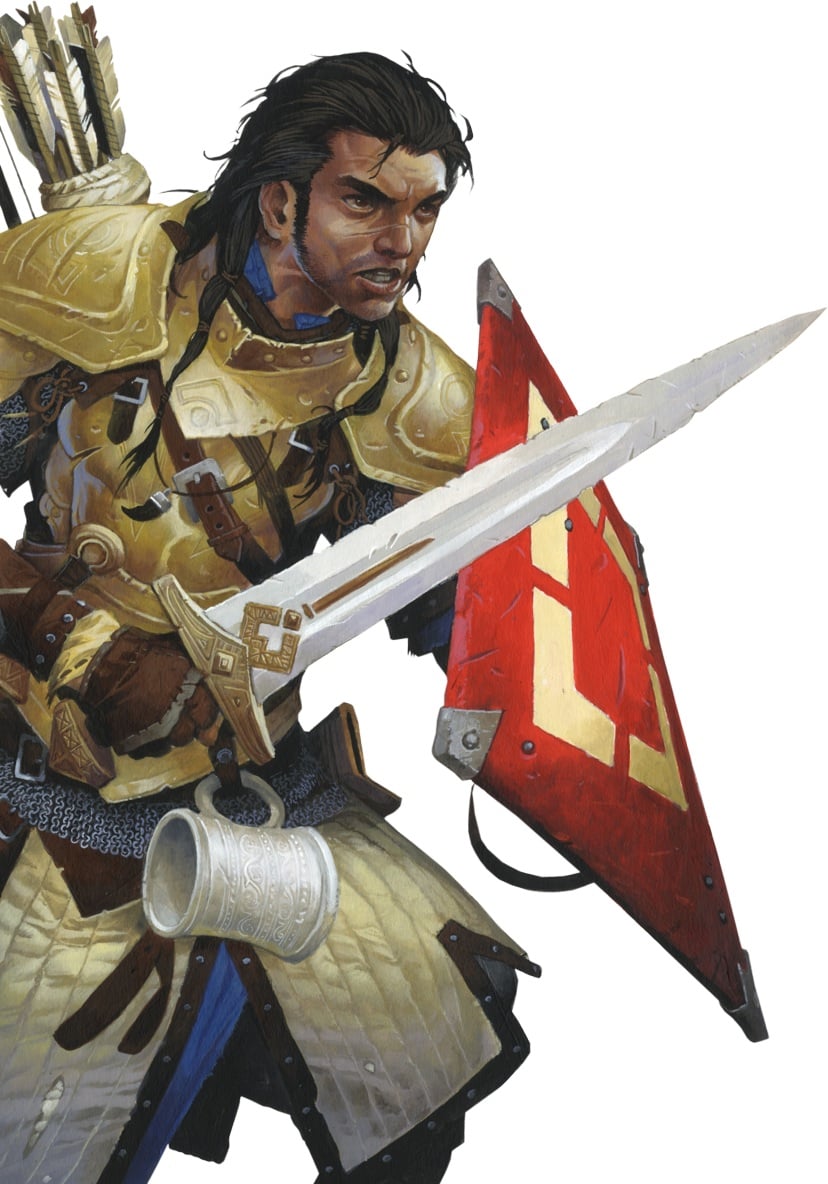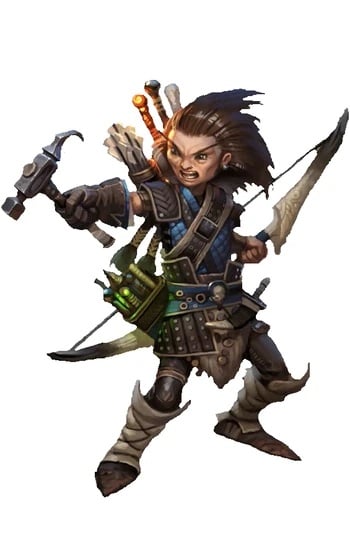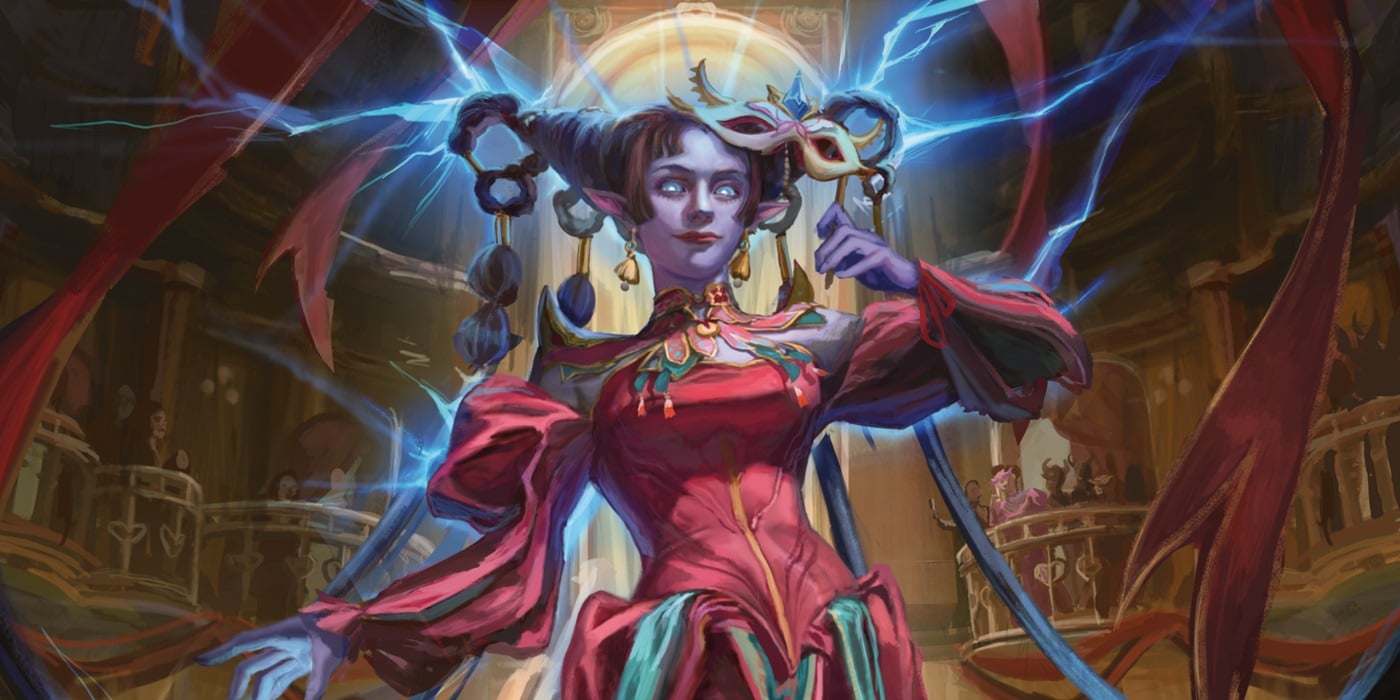Pathfinder Guide – How to Play a Fighter
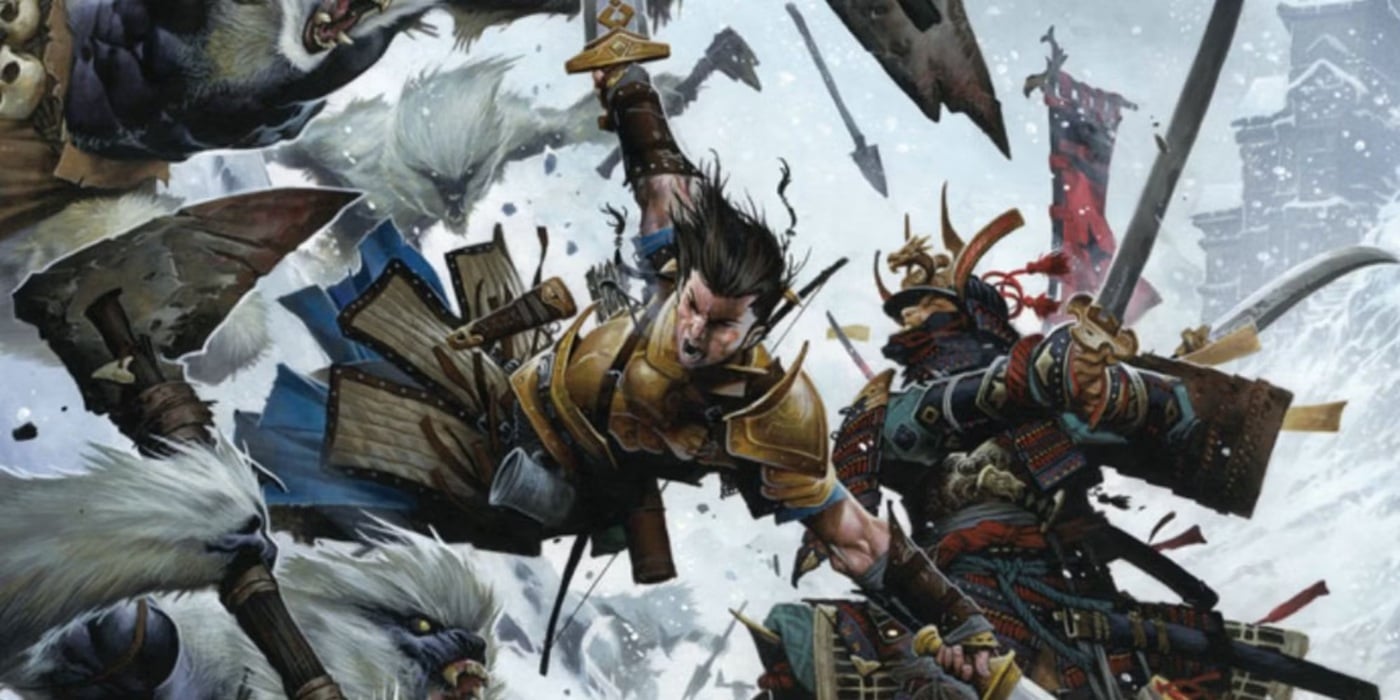
With endless training in practically all weapons, the Pathfinder Fighter may be the most consistent players on the battlefield.
Pathfinder Fighters are the player class of physical prowess, intimidation, and being able to hit things really, really hard on the battlefield. No matter what they’re fighting for, the Fighter in your party is going to be the master of all things weaponry and combat related. But it’s not all swords and fists for a Fighter. They have access to some fighting styles you may not have even realized were an option.
Jump to…
The Pathfinder Fighter Basics
Surprising absolutely nobody, the Pathfinder Fighter is a class that prioritizes Strength and Dexterity. At first level they get an attribute boost in one of those two attributes, depending on the kind of fighting style they think they’ll be using the most.
At character creation, a Fighter will have Expert level training in Fortitude and Reflex saving throws, Perception, Simple Weapons, Martial Weapons, and Unarmed attack. This is the most expert level skills I’ve seen at character creation so far.
Because Fighters have a very specific job and they are very good at it. They will also have training in Will, Advanced Weapons, All Armor, Unarmored Defense, Acrobatics or Athletics, and additional skills equal to their Intelligence Modifier plus three.
Leveling Up a Fighter
In most Classes, this is where I would usually tell you about the different varieties and paths they can follow in order to flesh out who they are and what they are best at. But Pathfinder Fighters don’t have this. Instead, players would work through the various feats to build out their ideal fighter.
Will they pick Vicious Swing for a Fighter who makes big, clobbering attacks even if they leave you a little unsteady? Or Snagging strike for an adventurer who uses their quickness to grapple their enemy and throw they off balance?
Like other classes, many feats have prerequisites and requirements which not every Fighter will be able to meet every time. Some of these requirements are for specific skills, previously picked feats, or are even determined by what kind of weapons are being used at that moment.
So, for example, if your Fighter primarily uses a greatsword, a feat like Duel-Handed Assault which requires the user to be wielding one-handed and have a hand free would obviously not be the best pick.
In this way, Fighters will create their own training and niche by building up something of a skill tree of their feats. The fighter could become a fist-fighter, blade master, sharpshooter, a mixture of any of those, or whatever specialty you can imagine.
Multiclassing a Pathfinder Fighter
For the adventurer who enjoys their own class, but wants to get a little better at melee attack, multiclassing will allow them to further their training and become a combat specialist. A Bard-Fighter will lead from the front, using a mixture of martial and manipulation skills.
Rogue-Fighters would make use of the additional fighting styles and multiple strikes. And a Spellcaster-Fighter would benefit from weapons proficiencies in addition to their magic for front-and-back of party battle tactics.
The feats that become available when multiclassing a Fighter help boost these martial abilities. They include Fighter Dedication, Basic and Advanced Maneuver, Fighter Resiliency, Reactive Striker, and Diverse Weapon Expert.
How to Play a Pathfinder Fighter
Without a lot spells and spell slots to keep track of, Fighters can be one of the most straight-forward classes to play. I don’t want to call them easy- or any other class challenging- but they are one of the most newcomer-friendly classes. They show up, they strike… And then sometimes they strike and strike and strike.
A Fighter is also a good character for a player who is always ready to go. With Reactive Strikes, Fighters are always watching for openings, ready to lay a blow. And unlike other classes who may find themselves with a quick move to make and need to consult a list of spells and skills, the Fighter almost always has an old, reliable go-to weapon at the ready.
Fighters will want to keep track of their Flourishes, Press, and Stances, and the Multiple Attack Penalty, however. The Multiple Attack Penalty makes it increasingly difficult to add attacks after the first of the turn. Actions with a flourish trait can only be used once per round due to their exertion.
Press Actions allow them to follow up an attack, but only if they are already being affected by a multiple attack penalty. And an action with the Stance trait cannot be taken back-to-back.
The Heart of the Battle
Fighters are usually seen as a one-trick-pony of a class in every system. And I guess sometimes they are. But Pathfinder really gives you an opportunity to forge your own path with your Fighter. Sure, the physical aspects will always be center to the class. But there is a huge difference between a fighter with a warhammer and someone who has trained for years in grappling and hand-to-hand combat.
With a Pathfinder Fighter, you’ll always have a move to fall back on (it’s the one with your favorite weapon). That doesn’t mean that you’ll have a limited collection of moves to take. And that doesn’t mean that playing a Fighter will ever get boring. But sometimes we all have that “Oh no, I don’t have a move prepared” moment. But sometimes it’s nice to have a solid, reliable move that (almost) always works.
Happy adventuring!

